The realm of manufacturing is continuously evolving, with laser welding machines at the forefront of innovation. These sophisticated devices have transformed how industries approach welding, offering precision, efficiency, and versatility unmatched by traditional methods. This article aims to demystify laser welding machines, exploring their key benefits, types, applications, maintenance tips, and the future of this technology. Whether you’re a seasoned professional or new to the field, this guide will provide valuable insights into one of the most advanced welding technologies available today.
Table of Contents:
– What is a laser welding machine?
– Key benefits of using laser welding machines
– Types of laser welding machines
– Applications of laser welding machines in various industries
– Maintenance tips for laser welding machines
– The future of laser welding technology
What is a laser welding machine?
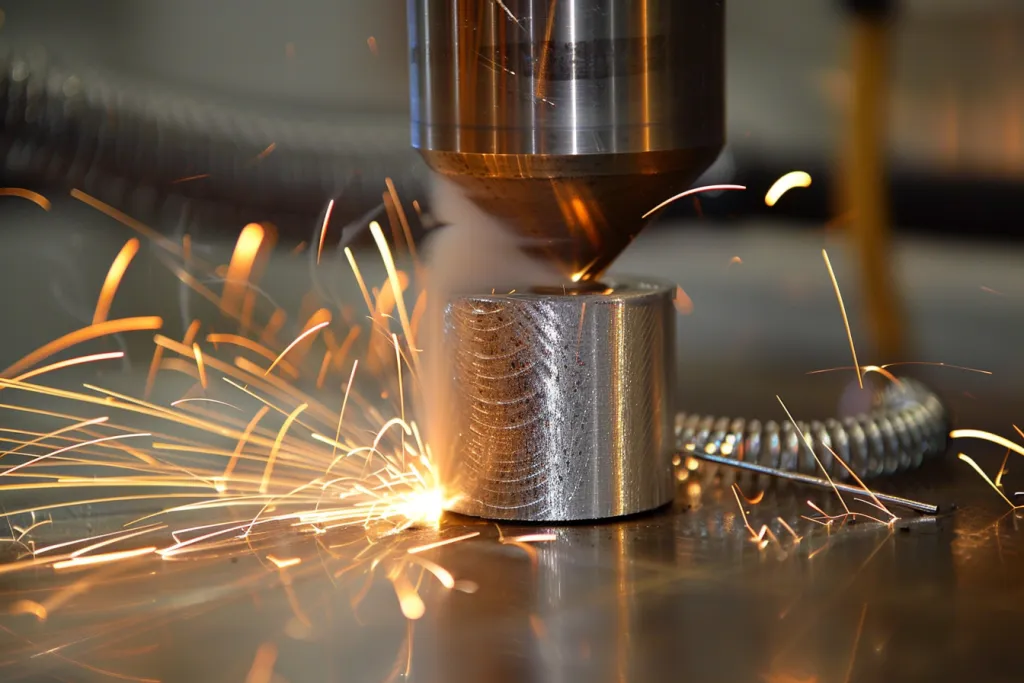
Laser welding machines utilize high-intensity light beams to fuse materials together. Unlike traditional welding, which often requires direct contact with the material, laser welding offers a non-contact method, resulting in cleaner joins and reduced material distortion. This section explores how these machines work, their components, and the science behind laser welding technology.
Key benefits of using laser welding machines
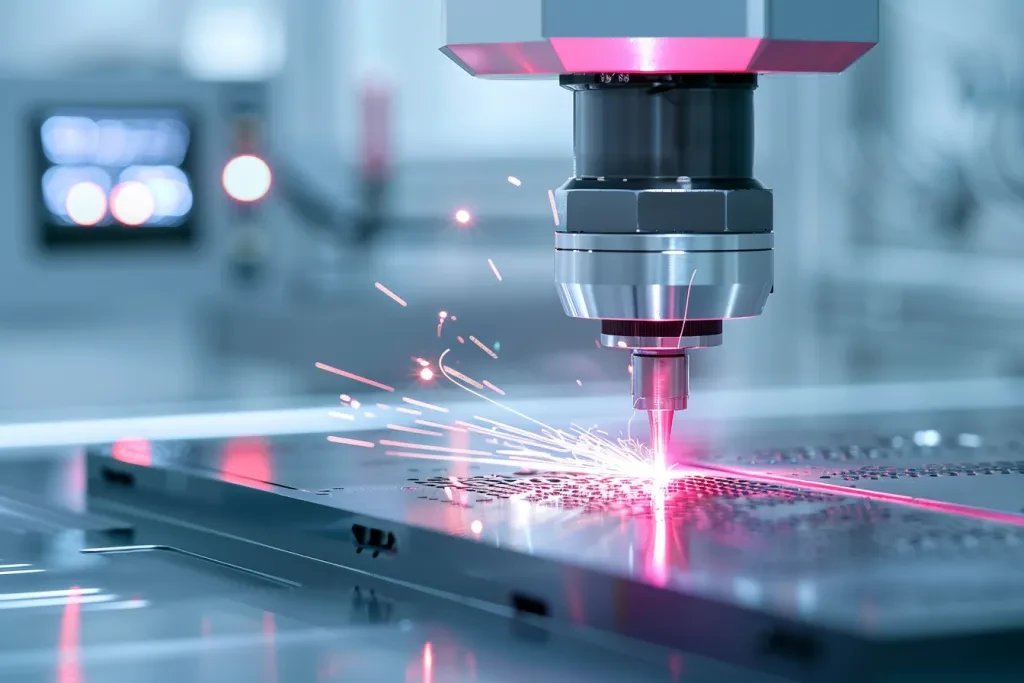
The adoption of laser welding machines brings numerous advantages to the manufacturing process. Firstly, their precision is unparalleled, allowing for intricate welds on a micro-scale. Secondly, the speed at which these machines operate significantly reduces production times. Lastly, the versatility of laser welding machines means they can work with a wide range of materials and thicknesses, making them indispensable in modern manufacturing.
Types of laser welding machines
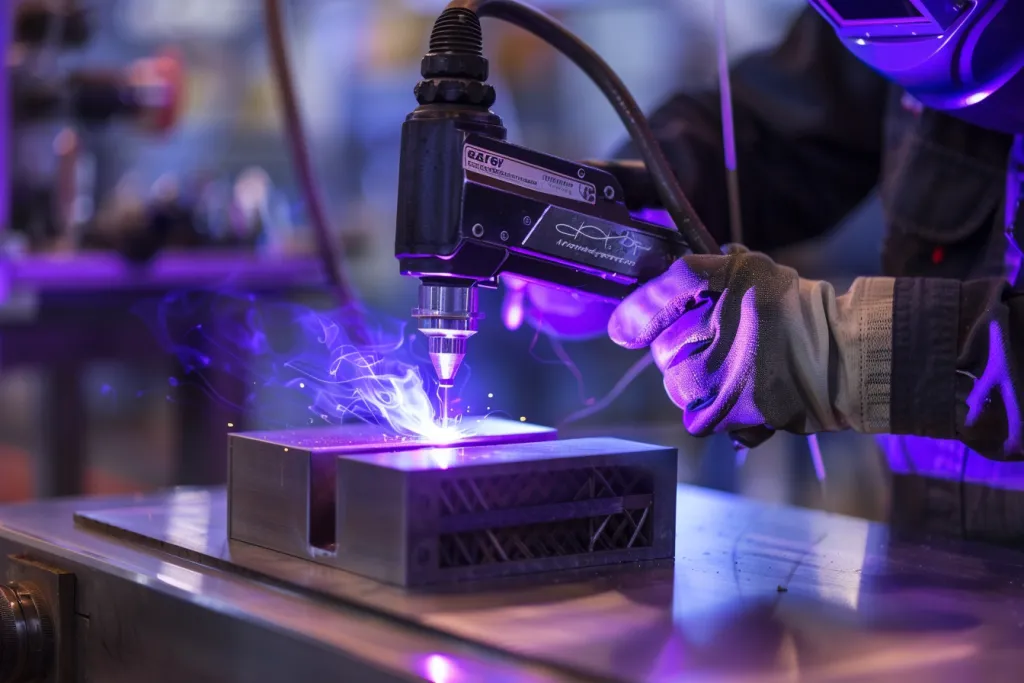
Laser welding machines come in various forms, each suited to specific applications and materials. This section will delve into the most common types, including fiber lasers, CO2 lasers, and Nd: YAG lasers, explaining their unique properties, advantages, and limitations. Understanding the differences between these machines is crucial for selecting the right one for your needs.
Applications of laser welding machines in various industries
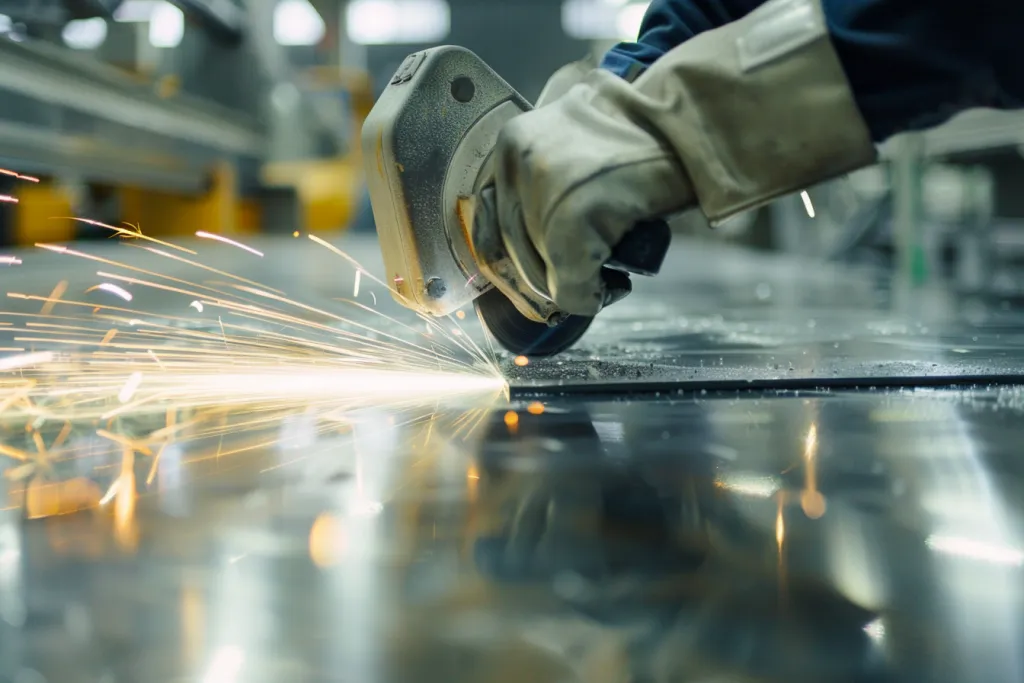
From automotive to aerospace, the applications of laser welding machines are vast and varied. This part of the article will highlight how different industries leverage laser welding technology to improve product quality, enhance safety, and streamline production processes. Real-world examples will illustrate the transformative impact of laser welding across sectors.
Maintenance tips for laser welding machines
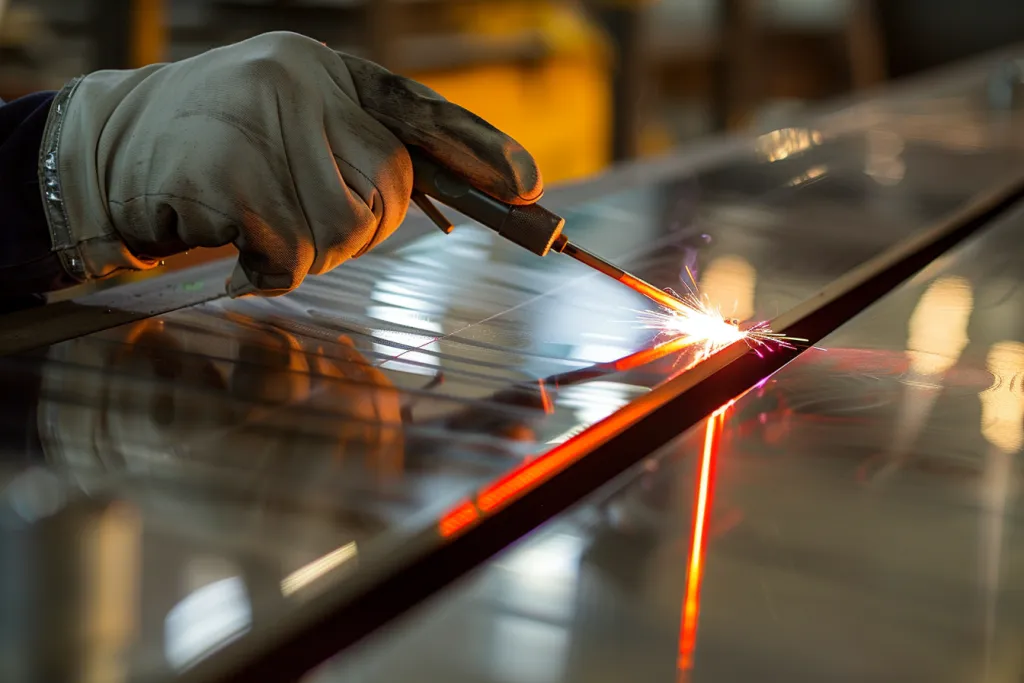
To ensure the longevity and optimal performance of laser welding machines, regular maintenance is essential. This segment will provide practical tips on cleaning, calibration, and preventive measures to keep your machine running smoothly. By adhering to these guidelines, you can minimize downtime and extend the life of your equipment.
The future of laser welding technology
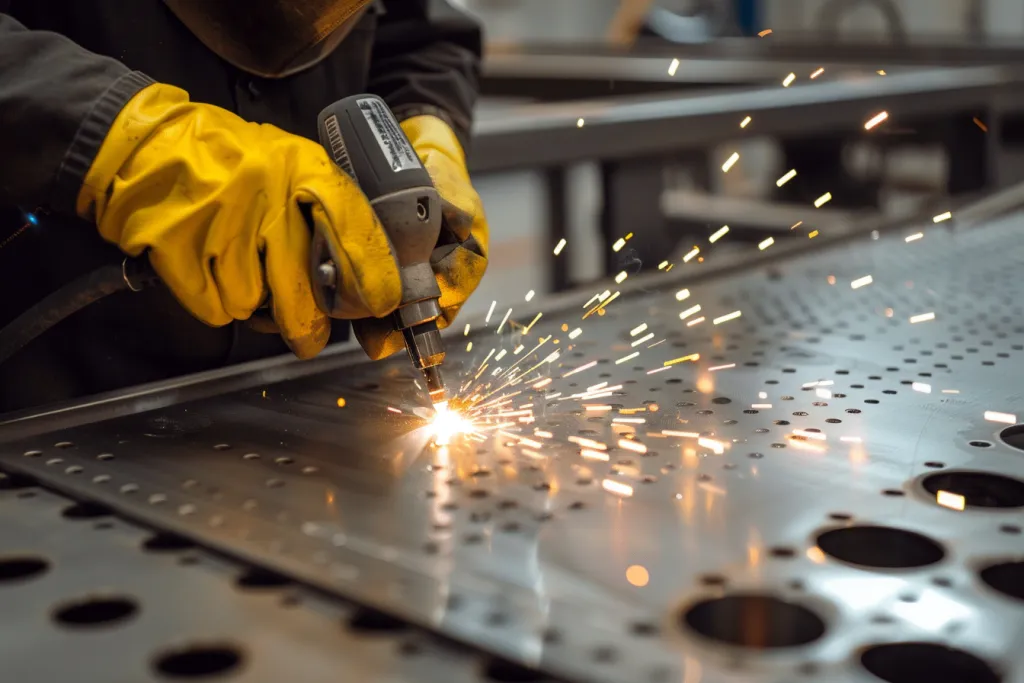
As we look ahead, the future of laser welding technology appears bright, with ongoing advancements aimed at increasing efficiency, reducing costs, and expanding capabilities. This concluding section will explore emerging trends, such as the integration of artificial intelligence and the development of more compact, powerful machines, offering a glimpse into what the future holds for laser welding.
Conclusion:
Laser welding machines represent a significant leap forward in manufacturing technology, offering precision, efficiency, and versatility. As we’ve explored, their applications span numerous industries, and with proper maintenance, these machines can provide years of reliable service. Looking ahead, the ongoing evolution of laser welding technology promises to further enhance its capabilities, ensuring its place at the heart of modern manufacturing for years to come.



